Ned Bustard is an acclaimed illustrator and artist, perhaps most notably for his compelling linocut illustrations for Every Moment Holy, the book of every day liturgies written by Douglas McKelvey and published by the Rabbit Room. I have admired Ned’s artwork for years, mesmerized by the clarity and power of his linocuts, an art form that is so seemingly unpretentious and yet so powerful. I am grateful to say I have multiple prints of Ned’s work in our house and find it speaks to me in ways that a few other art forms do. It has been one of my great desires since to interview Ned since Cultivating was first launched as a magazine in 2018 and to be able to do this now is a pure joy. As you might expect, he is generous, insightful, funny, and surprising. This is without a doubt one of my favourite interviews over the years. Enjoy!
CALLING
Marks of calling
LES: Ned, it is such an honour to be able to have this conversation with you. Thank you for taking the time to do this, and for all the beauty you create throughout your work and life.
NB: It is an honor to be interviewed by you, and I am grateful for how kindly you look on my work. And to be welcomed in to The Cultivating Project through this interview is a gift.
LES: As someone who teaches about calling to the arts, I appreciate your openness to talk about it and have loved your perspective. Calling is a term we use rather freely in Christian and creative circles these days, but I often find that as a term it is not well understood. How do you define it, and how do you see your calling being proved in your own life?
NB: “Calling” is a popular word, and though often used, I feel it still has great weight and usefulness in it. I think of calling as being the set of giftings and passions that God bestows on you for a season that you can’t help but use. Looking back at my work on Rabbit Room Press’ Every Moment Holy project has been one of those times that I clearly was living out my calling. It wasn’t a particularly easy or enjoyable experience (I had to illustrate and design the book in at least half the time it should have taken), but the work rang true with who I am, and it has obviously been used in amazing ways throughout God’s Kingdom.
I think it is important to clarify that the season of your calling can be a short or long period of your life, and isn’t always something for which you get paid. So often we get confused, insisting that for a calling to be valid, there needs to be an appropriate degree of monetary compensation or notoriety or you are not being successful in your calling.
LES: Yes, you commented in an earlier interview that an artist asking the question, “Are we successful?” is the wrong question, and that the question we should be asking is “Are you doing what you are designed to do?” What are you designed to do and designed to be? How are you able to tell? Are there markers Christians made for the arts can look for to tell for ourselves if we are fulfilling our calling?
NB: I am so thankful to Cursive Films for that interview. It began as a simple, almost throw-away idea, and they made it into something beautiful. As to what I am designed to do and be, I think I am still discovering that. And I am well over halfway through my life. There is so much exploration and mystery involved. It is like picking up a garlic press out of a jumbled drawer of kitchen utensils for the first time. It is clear to see it was designed for a particular calling, even if you’ve never seen garlic before. How are you able to tell what a garlic press is for? Ideally, you will have seasoned cooks around you to tell you. This is one reason we need to be in the Church. Our older brothers and sisters often can see our callings much more clearly than we can.
I think I was designed to make and illustrate books. Not that I am necessarily “successful” at it. It isn’t my main job, I have won no awards as either a book designer or an illustrator, and I can point to you many people who are more skilled in both areas. But, to go early 80’s on you, “God made me fast. And when I run, I feel His pleasure.” Eric Liddell made that epic statement in the movie Chariots of Fire, and that is as good a marker as any for Christians made for the arts to tell if they are fulfilling their calling. When I see my dog running toward me across a field as we play fetch together, there is no doubt in my mind that she is feeling God’s pleasure and living out her calling.
When I’m designing and illustrating books, I feel God’s pleasure. I’m working with the grain.
My mind and hands and heart come alive. But again, I must point out that usually this is not my paying job. Or if I am getting paid, it is at much less than I charge for my normal hourly rate. On top of that, it is often grueling and frustrating work. That may sound contrary to me just quoting Liddell, but I love the work of my calling, so my standards are higher for what I do in those spheres, and the end results are often far more disappointing to me than other art or design work that I may do.
The Bi-lingual Artist
LES: You are an artist of the sort that I would call “bi-lingual” because you speak fluently in the languages of both word and image. (Tolkien was this sort also.) Would you say that image is your native language, or are words most home for you? If someone asks you if you are primarily an artist or a writer, how do you respond?
NB: I have thought of myself as bi-lingual, but not in this way before. I have an art gallery that I have been curating for years now, the Square Halo Gallery. Part of the Lancaster City Art Galleries & Museums, our gallery is located a block off of Gallery Row, and it is “a space for contemporary art inspired by the Christian faith.” And I’ve found that I need to speak two languages in order to help people engage with the art I display. I often need to use Art-speak to those who enjoy contemporary art to explain to them such things as why that man in the painting has holes in his hands, feet, and side. And I often need to use ‘Christian-ese’ to those coming from the Church to explain the art to them in such a way as they can then understand it.
To answer your question, I think I’d call myself an artist before I’d call myself a writer. Although I feel unworthy to claim either title with much confidence! Early on in my life my father gave me a great love of books (a love which might be at the level of obsession at this point), and I do write and edit books, so I’d like to be called a writer, but I’d say that I mostly think and talk in pictures.
CRAFT
In quest of mastery
LES: Recognizing that cultivating mastery in our given crafts is a way of offering worship to Maker, I want to honour the pursuit of mastery as something that fundamentally reflects glory and goodness. Mastery implies great focus and attention on a specific skill set over a sustained period of time. Because you are skilled in many crafts, Ned, how do you develop mastery of any of those crafts as you develop as an artist-maker?
NB: I like how you combine the ideas of glory and goodness to mastery. I think they are what makes the pursuit of mastery and the work of artmaking rewarding for me. To think that my labors bring glory to God and that my art can elevate the idea of what good is, inspires me and gives me great delight. Ever since pulling together the book It Was Good: Making Art to the Glory of God, the words/concepts of good, glory, and making have been my inspiration.
But, to be honest, I chafe at the idea that I, personally, have achieved mastery in ANY sphere. My buddy Tom is always telling me to get over it, and stop being so self-deprecating all of the time. But I guess that the rub for me is I see not how far I’ve come, but how far I have to go. Also, I have friends who help me along that way who I view as TRUE masters. I constantly rely on my friends Matthew Clark and Brenton Good for their expertise in helping me grow and develop as an artist. They both have their MFAs in printmaking and really know how to do what they do. Also, I’m constantly studying the artwork of true masters online and in books. I know what an Albrecht Dürer or a Sadao Watanabe or a Barry Moser piece of art looks like, and I see the chasm between us.
So maybe I’m not a “master,” but I am striving to become one. As I seek to develop mastery as an artist-maker in printmaking, book design, and such, what do I do? I try to make peace with what I have come to know how to do, I look to see what artists have done before me in order to see what has worked compositionally and technique-wise, I ask questions of Clark and Good on technical matters and ask for their critique aesthetically, and I work at it . . . over and over and over. But not particular pieces—I try not to overwork things in that way. I do what I can on each piece, thank God for what it ended up being, toss it aside, and start making the next thing. Time and repetition and excellent teachers—they just don’t teach fast. I find my progress frustrating, but I also can give glory to God for what I have come to have a poetic knowledge of. There are things I know now about my tools and materials that I can’t even tell you I know, just because of the time spent with them. But one thing I am coming to be sure of is that in addition to massive amounts of time, mastery requires love. Not like. I often don’t like the art I’m making, but I always love it. So, if mastery is love and time, then I would call myself a master at what I do. Certainly, to those in my community, to those who buy my art, I am a master. And I want to honor their appreciation and support of my work. I may not get many accolades professionally, but I am grateful for my patrons’ (friends, family, church, Etsy shoppers) love of what I do.
LES: One of the long-running themes in your life is the love of books. You illustrate them, edit them, publish them, collaborate with others in the making of them. Are books an end point in your artistic life, or are they a passageway to something beyond them?
NB: If I was self-aware enough to know the answer to this question, I think I’d be much farther along in life and in my work than I am at this point.
Both, I guess.
I see books themselves as a good thing worth making and protecting. As I said, when I was young my father gave me a great love of books by reading to me and simply preserving them in my grandfather’s beautiful old bookcase. We also watch a film when I was little based on the book Fahrenheit 451. The idea that in the future the firemen would come and burn all our books and all we’d be left with is watching our giant televisions both scared and inspired me. That has been one of the rewarding things about making books with Square Halo Books and Rabbit Room Press—both companies see the value and artistry found in a well-made book. But I also see books as passageway. One day when Stephen Nichols and I were working on one of our ABC books, he commented that you write one book to get to write the next book. That is both an economic reality and creative one. Also, the best books give life, fan imagination into flame, and (obviously) instruct/equip. Square Halo’s mission is “to provide materials useful for encouraging and equipping the saints.” My hope is that eventually the combination of all my books can collectively do all three things.
LES: Looking over your body of work to date— all writing, illustrating, teaching, publishing, is there a project or specific work that you are particularly proud of?
NB: And I suppose you want me to say which of my children is my favorite, too?!
I’ll answer in all four categories. My favorite writing would be Revealed: A Storybook Bible for Grown-Ups. My favorite illustrating project so far would be The Light Princess. My favorite teaching would be developing the History of Art: Creation through Contemporary art flashcards and workbook. My favorite publishing opportunity was as the editor of the It Was Good trilogy. Each of those projects is really a muddle of all four categories . . . and that is what made them all so fun. But I think the real answer would be: whatever I’m going to get to work on next. I have several current and upcoming projects that I think will end up eclipsing the four I listed above.
CHARACTER
Endurance & long-distance running
LES: The Christian life can be looked at as a portrayal of long-distance running. One of the great primary characteristics of the mature Christian is endurance. Endurance itself is not the end goal of spiritual maturity, but it is most certainly an essential element of it, and it is acquired at the expensive cost of long-suffering.
“Not only that, but we rejoice in our sufferings, knowing that suffering produces endurance, 4 and endurance produces character, and character produces hope,” ~ Romans 5.3-4, ESV
How do we best help younger believers understand the place and necessity of long-suffering in our lives and encourage them to cultivate endurance? How can we best cultivate it ourselves?
NB: I playfully mock young believers in my life who think they have arrived in life or need to arrive soon. I point out to them that it took me thirty years for people to even begin noticing my work. Perhaps that was because it took thirty years for me to get good enough to warrant notice? Perhaps God is just merciful to allow me to get noticed at all.
As to how cultivate endurance in our own lives, I’d go back to my friend Nichols’ observation about writing the current book to get to the next book. Endurance comes from dreaming and scheming two to three projects down the road, and realizing how much work you need to get through on the project on your desk in order to reach ones. The two to three project vision also helps you pace yourself. I ran track in high school (rather horribly), and when you began practice each day you knew how long it would be until it was over, so you exerted your energy accordingly.
LES: How has financial uncertainty and struggle affected the way you work, and the way your character has formed? Do you think that not being “financially successful” (whatever that might mean) has possibly been a blessing to you and your family in some way, perhaps even protected you from some unseen harms?
NB: Not being financially successful has been a blessing to me in that it has brought me again and again to prayer and needing to depend on God. And I’m afraid that this condition will continue, since I have yet to really grow in my character. I still whine often about how poor I am. And we question how the Israelites could be so ungrateful to God in the light of His amazing provision for them? I AM THEM.
As to how it might have affected my work, I think it has forced me to keep things simple. I am always thinking about how to make my work as cheaply as possible. And I think it has blessed my family in that I have not had the success that would have sent me jetting all over the country to speak a conferences and such. Lack of success has allowed my life to be very home-based and family-focused.
COMMUNITY
Collaboration & vision
LES: Douglas McKelvey, with whom you’ve had a very fruitful collaboration in the making of Every Moment Holy, has mentioned thinking in terms of a “hundred-year vision”.
Andrew Peterson in his beautiful book, Adorning the Dark, echoes that in his chapter on Discernment when he talks about the possibility when we are creating a song (or other forms of art) that what we are creating might be meant for someone who isn’t born yet, and maybe won’t be for another 400 years. Both Douglas and Andrew are casting a wide net for how we can see Time as a kind of cradle for our work. When you create a given piece of art, Ned, is there a sense for you of creating something that will not only outlast you but maybe stretch well beyond the horizons of your time?
NB: Most certainly. I like to imagine people stumbling on copies of my books in used bookstores many decades in the future. And the reason I sign, title, and date my artwork is precisely for those people who will hang the linocut prints on their walls when I am dead and gone.
The other thing Doug has said about Every Moment Holy is that it was written for a particular community. The book has reached beyond that community, and hopefully will have a hundred-year appeal, but it is also very rooted.
When I think of my work making books and art and such, I look to make them meaningful to the pilgrims in my neighborhood—I want to try and add to the beauty of the lives of folks I rub shoulders with each day.
LES: Poet Malcolm Guite refers to keeping company with poets who have gone before him and having a sense of communion with them that is living and present now. It reminds me of the great cloud of witnesses. When you create do you have a sense of making art in context of community that reaches out across time – community that outstretches the horizons of the present? Who are artists and writers you keep company with across time?
NB: First off, I must say how much my wife and I adore Malcolm. His poetry has adorned our family’s meals and the few times I’ve sat with him in person (laughing and talking and listening to him recite epic poems off the top of his head) have been the treasures of a lifetime. That tribute out of the way, I would say that yes, the Great Cloud is very important to me and my work. Calvin Seerveld developed a very helpful list of five directives for those who want to glorify God through the arts. Number Three of that list was “Distill a fruitful Christian art historical tradition in your own blood and pioneer its contribution in our day.” Rather than arrogantly attempting to be a novel voice, we need to look back on what has been made by those who have gone before. The names of the masters I look to guide my work have been mostly forgotten by Time. They are the Irish monks in their stone huts on Iona and the German woodcarvers illustrating God’s Word in the Middle Ages. When I make my linocut prints I am often literally copying their work, and when I’m not, I’m looking at their work and trying to have their hands guide mine.
Living out of the core
LES: You and Leslie have a deeply harmonious marriage and have created in your life together a profoundly shared creative environment. What are core values that you and Leslie adhere, the values that anchor you both and hold your lives together?
NB: I would say that a core value for us is that we seek to live lives rooted in Christianity and add to the beauty around us. Years ago, I tried to boil that down into a motto for our family: “Forma et Fides.”
When we first began, our dating relationship was built on the music of Charlie Peacock, Reformed Theology, and a love of pursuing Beauty. Of course, a good marriage needs a bit more than that. So, to music, faith, and beauty we added a commitment to learning to appreciate what inspired the other, a vision for being rooted in the local church, and an outward focus on encouraging others. Also, it helps that neither of us is eager to keep track of who is right and who is wrong.
Ultimately, I chose to love my wife over loving my career, while Leslie worked hard to be a strong ally—cheering me on in my career. It turns out to be a good balance.
CHALLENGES
Making Beauty in Hard Seasons
LES: Ned, we know that as simply part of sharing the human condition in a fallen world, every one of us will face difficulty in life at some point. That’s a certainty. When seasons are hard in your life, how do you create art in the midst of those seasons? For you, is it a matter of disconnecting for a while and suspending yourself in your work so you can press on, or is there something else that you put to work to produce beauty?
NB: Disconnecting is the opposite of making beauty. At least it is in my mind. I can choose to live my life in a gray noise, stumbling from one tv dinner to another, but as soon as you lift your head and seek to make life in a smidge more meaningful way, Truth, Goodness, and Beauty are an inescapable course to follow.
All seasons are hard. Some are just harder than others. Whatever the circumstance, we need to be practicing beauty, speaking truth, and defending goodness. Without doubt we have different amounts of energy, time, inclination to making beauty, depending on the season. But that is what cocktail napkins are for—scribbling out ideas for future glorious possibles.
Some part of making beauty in hard seasons is having set up habits in the not-so-hard seasons of your life. That way, artmaking is muscle memory and relief from the suffering. As we talk right now, the world is going through a pandemic and, on top of that, my wife is fighting both Stage 1 and Stage 4 cancer. Now would be a perfect time to disconnect from adding to the beauty and suspend myself in a drunken stupor of despair. But instead, I am generating a bunch of new illustrations for the next volume of Every Moment Holy, pulling together a book on J.R.R. Tolkien and the arts, creating new installations for a church sanctuary down South, organizing a new collection of fairy tales, and sketching out ideas for three new kids’ books. I don’t share this list to make myself sound clever, self-disciplined, or talented. I share it as concrete examples of aesthetic muscle memory. Honestly, I don’t have the time or attention span to do all these things (and who knows how many of these will be “successful”), but I’m just in the habit of being creative and I can’t stop.
COMFORTS
Resting places
LES: All of us need resting places to find shelter in the midst of swirling circumstances and chaotic times, or we burn up emotionally, physically, and spiritually. We need to rest not just to manage our strength, though that is valid, but also because it is simply good for us. Where do you rest your soul and how do you practice ways to cultivate that in your life?
NB: Sabbath rest is both needed and commanded. Therefore, I go to church on Sundays and refrain from doing any work on Sundays as well. Naps are often a part of my day of rest as well. Also, I have built a weekly breakfast with two godly friends into my life, and end each day with a glass of red wine and a piece of dark chocolate.
But I must confess that your question illuminates a need in my life I hadn’t reflected on very much. Deep down inside I think I feel like I don’t deserve rest—that I haven’t worked hard enough. The fear of being considered lazy, a worry for lack of regular cash flow, and too many creative ideas for art and books have combined to make me a person who doesn’t rest. Hmmm . . . I don’t know if I like so much self-reflection happening in the middle of an online interview!
CULTIVATING
Fruit of accumulation
LES: So many of our choices are made on a day by day basis and seem small and inconsequential. The creation of any significant work, however, takes time to make it—a garden, a cathedral, a life. Cultivating, as we so often talk about here, is based on the choices we make again and again, and the actions we practice in response to those choices. Over longer spans of time, how do you practice cultivating what is good, true, and beautiful in your own life and family? How do you see the Lord reflect back to you some of the fruit you are growing with your life and love?
NB: Gardens and cathedrals both require planning. Leslie and I had ideas, goals, and dreams that we intentionally worked toward over the last three decades. Even in the midst of our current cancer crisis, almost every day my wife and I remind each other to “plant a tree,” as Martin Luther was said to have quipped, even if it feels right now like my world is ending.
Reading to my children, forcing them to go to museums with us, dragging them to church, taking them on habitual picnics, attending Switchfoot concerts, sharing poetry over dessert, burning cool kids’ music CDs for the car, and more—these have all gone into the mulch of our lives, yielding a fruit of three beautiful, godly daughters. I am so grateful to the Lord for allowing our life and love to produce this fruit. Not that I ultimately credit our life or family rituals—I believe it is only the Holy Spirit that can bring about such growth. Other fruit I have enjoyed reflecting on of late are the beautiful catalog that is Square Halo Books, Karen Swallow Prior’s On Reading Well, the Crossway ABC’s books, The Light Princess, and Every Moment Holy. The thing that I think is most significant about them all is that they are the fruit of Leslie’s and my commitment to people, not a desire for career or particular products. I never saw the need for fertilizer and rototilling the garden when I was young. Or even weeding. Harvesting was what I thought gardens are about. Now I see how important that all is and that the fruit is . . . well, just the fruit. Sometimes the rain comes and good fruit is produced and sometimes tsunamis come and no fruit is produced. I need to just keep planting trees.
LES: There is an oft-occurring phenomena particularly among people engaged in the arts of being told something they need to know from the Lord and receiving it through the act of being faithful to record it. Writers may read in their earlier works the very message they most need to hear years later at a specific time. Musicians I’m told repeated experience this, and as a photographer, I have this experience nearly constantly. I am translating an invisible message into something visible that I can articulate and share, and sometimes I need that message most myself. When you reflect on your work, or see a piece freshly presented to you, is there a message you hear and are told by the Lord for you that you need to hear?
NB: Yes… He says to me:
“That’ll do, Pig, that’ll do.”
The featured image of Ned Bustard is (c) of Michael Rothermel and used with permission.
Full image

The video Making Good comes from Cursive Films.
● ● ●
Further Resources and Information for Ned Bustard:
Jonathan Rogers’ The Habit Podcast: Conversations with Writers About Writers – Ned Bustard
A link to list of links of other interviews with Ned Bustard: https://www.worldsendimages.com/talks
World’s End Images – Etsy Shop
Interview for Rabbit Room 2019
Liturgy for Morning Coffee – Vimeo
The Gospel Coalition – Beyond the Felt-Board
Lancia E. Smith is an author, photographer, business owner, and publisher. She is the founder and publisher of Cultivating Oaks Press, LLC, and the Executive Director of The Cultivating Project, the fellowship who create content for Cultivating Magazine. She has been honoured to serve in executive management, church leadership, school boards, and Art & Faith organizations over 35 years.
Now empty nesters, Lancia & her husband Peter make their home in the Black Forest of Colorado, keeping company with 200 Ponderosa Pine trees, a herd of mule deer, an ever expanding library, and two beautiful black cats. Lancia loves land reclamation, website and print design, beautiful typography, road trips, being read aloud to by Peter, and cherishes the works of C.S. Lewis, J.R.R. Tolkien, and George MacDonald. She lives with daily wonder of the mercies of the Triune God and constant gratitude for the beloved company of Cultivators.
Leave a Reply
A Field Guide to Cultivating ~ Essentials to Cultivating a Whole Life, Rooted in Christ, and Flourishing in Fellowship
Enjoy our gift to you as our Welcome to Cultivating! Discover the purpose of The Cultivating Project, and how you might find a "What, you too?" experience here with this fellowship of makers!
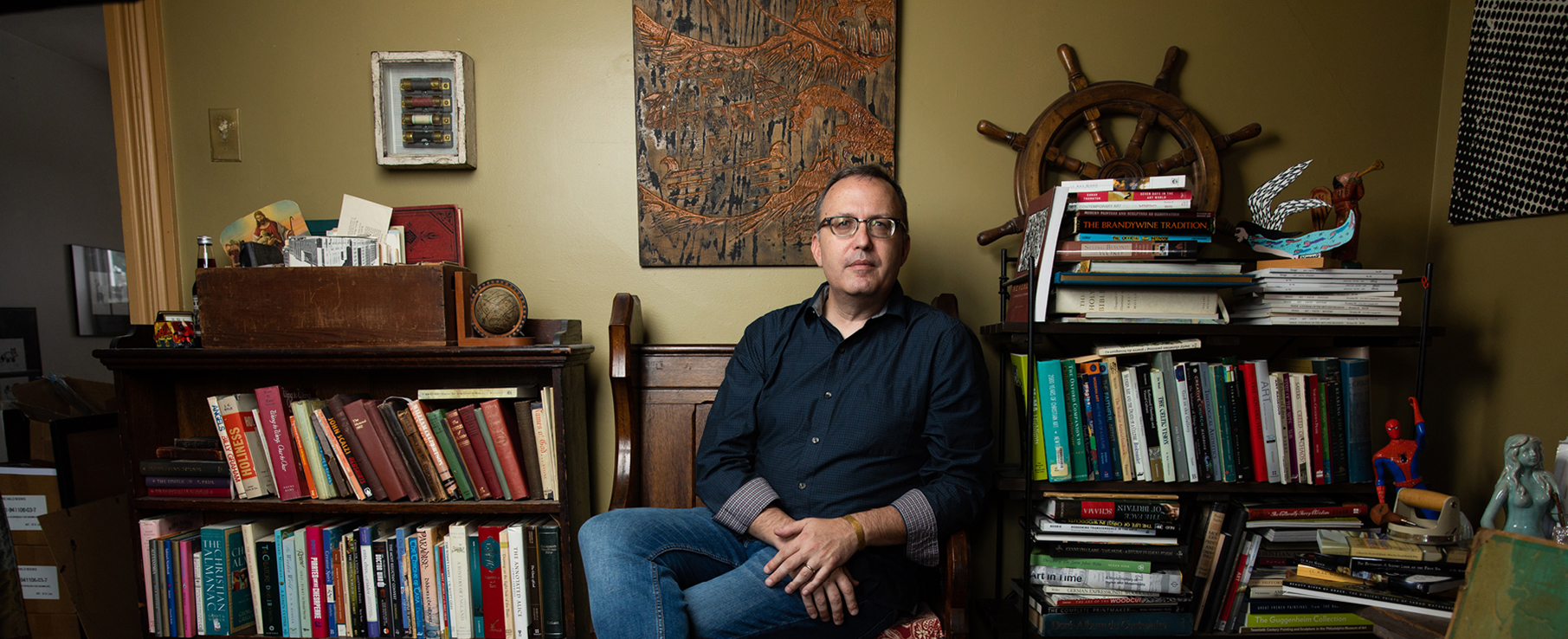

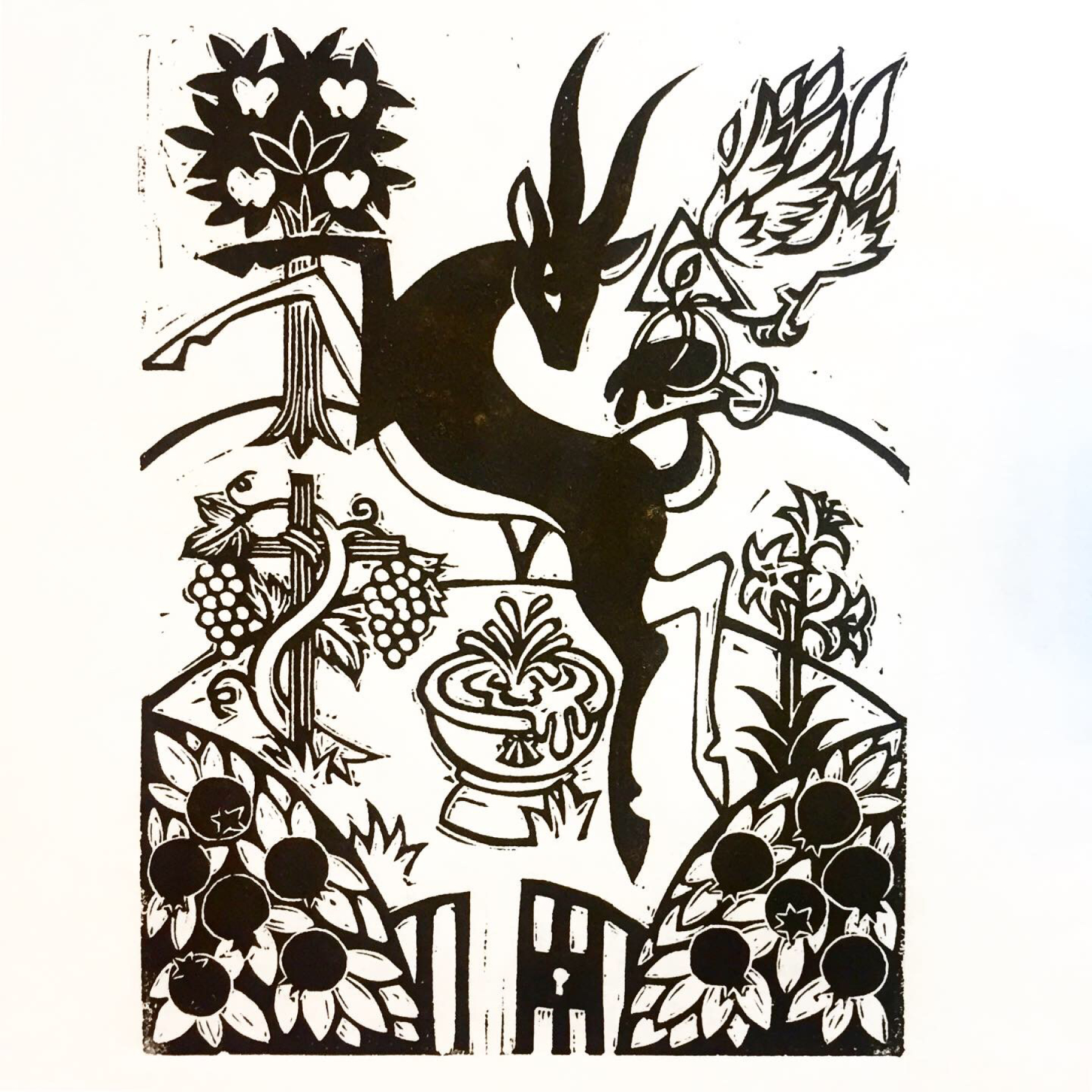
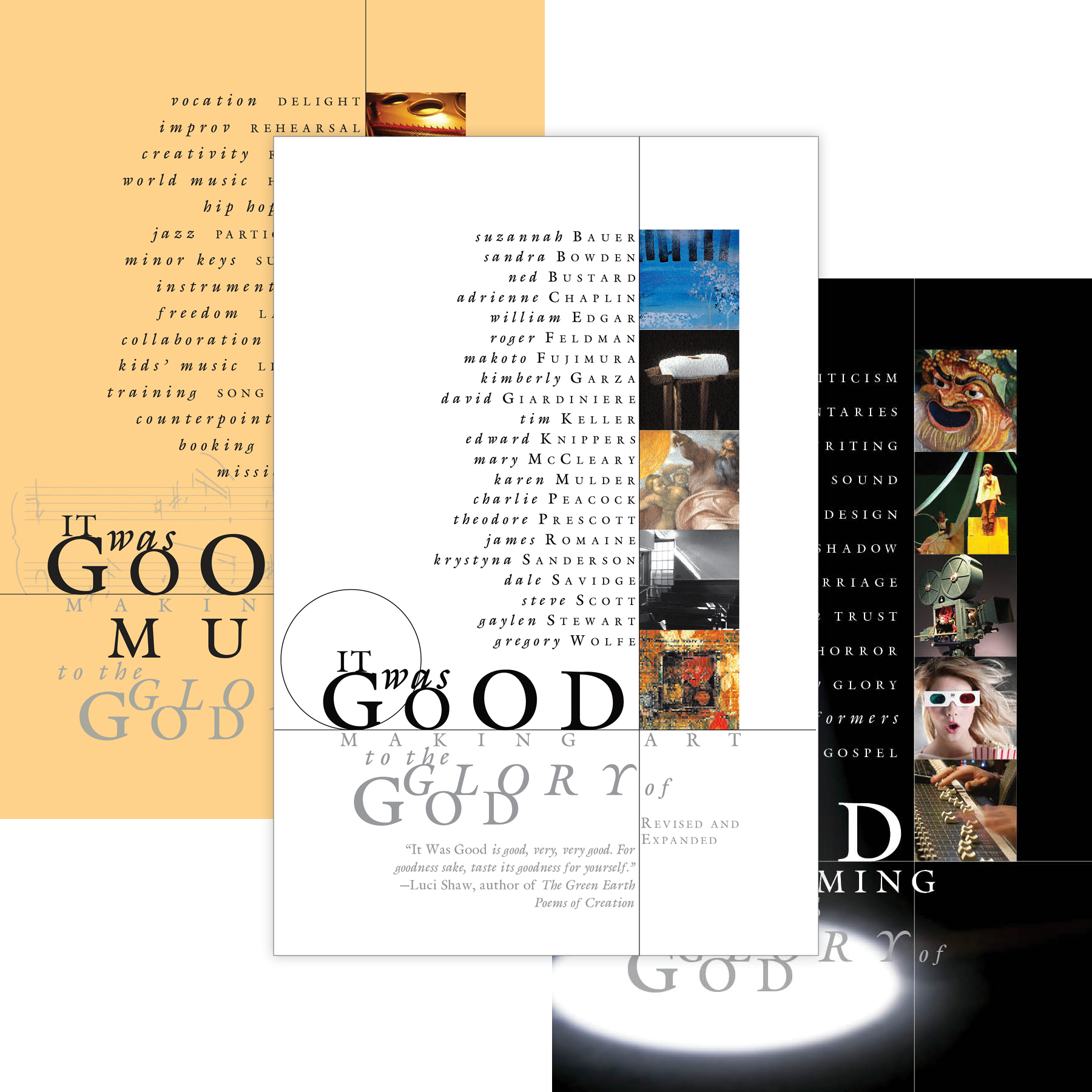
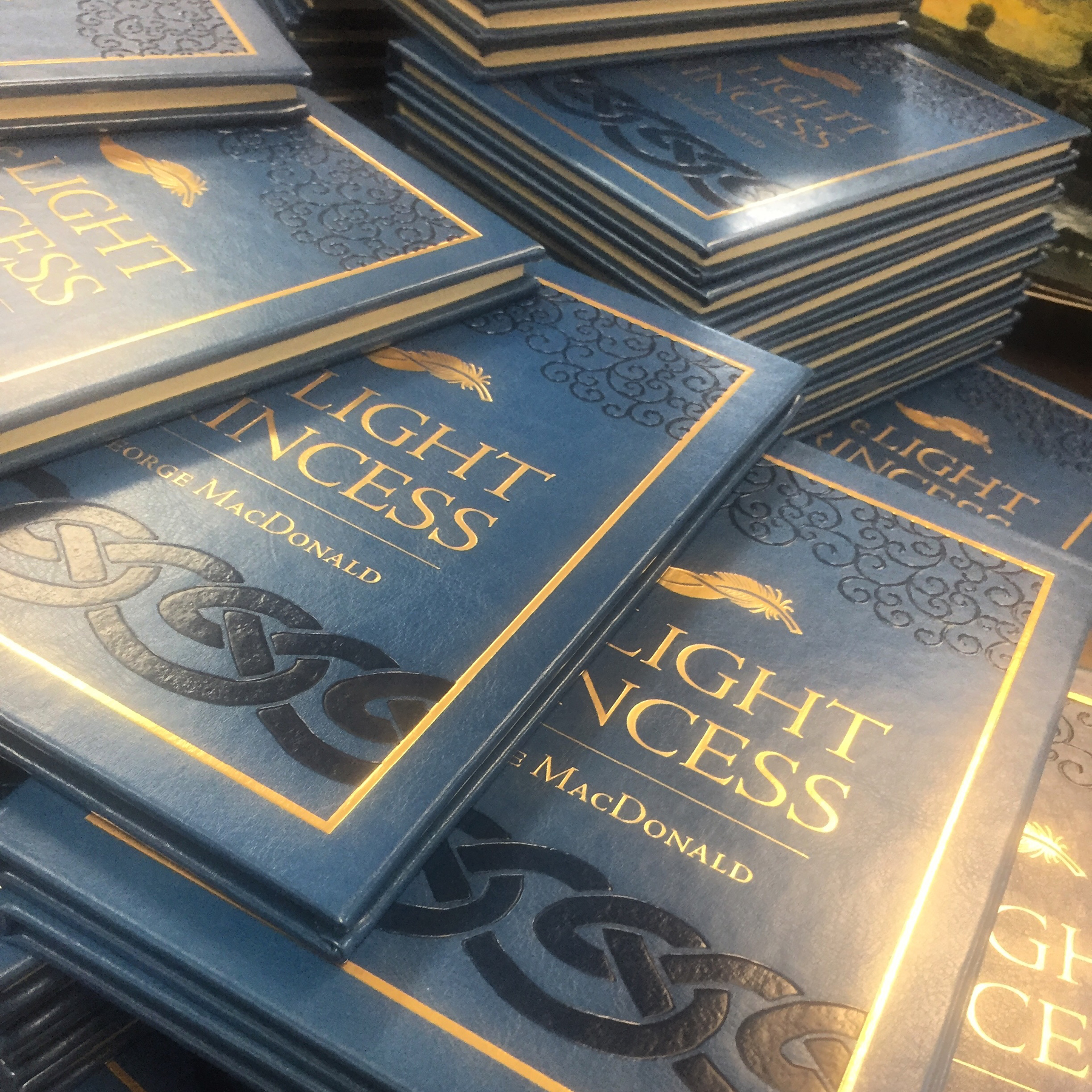
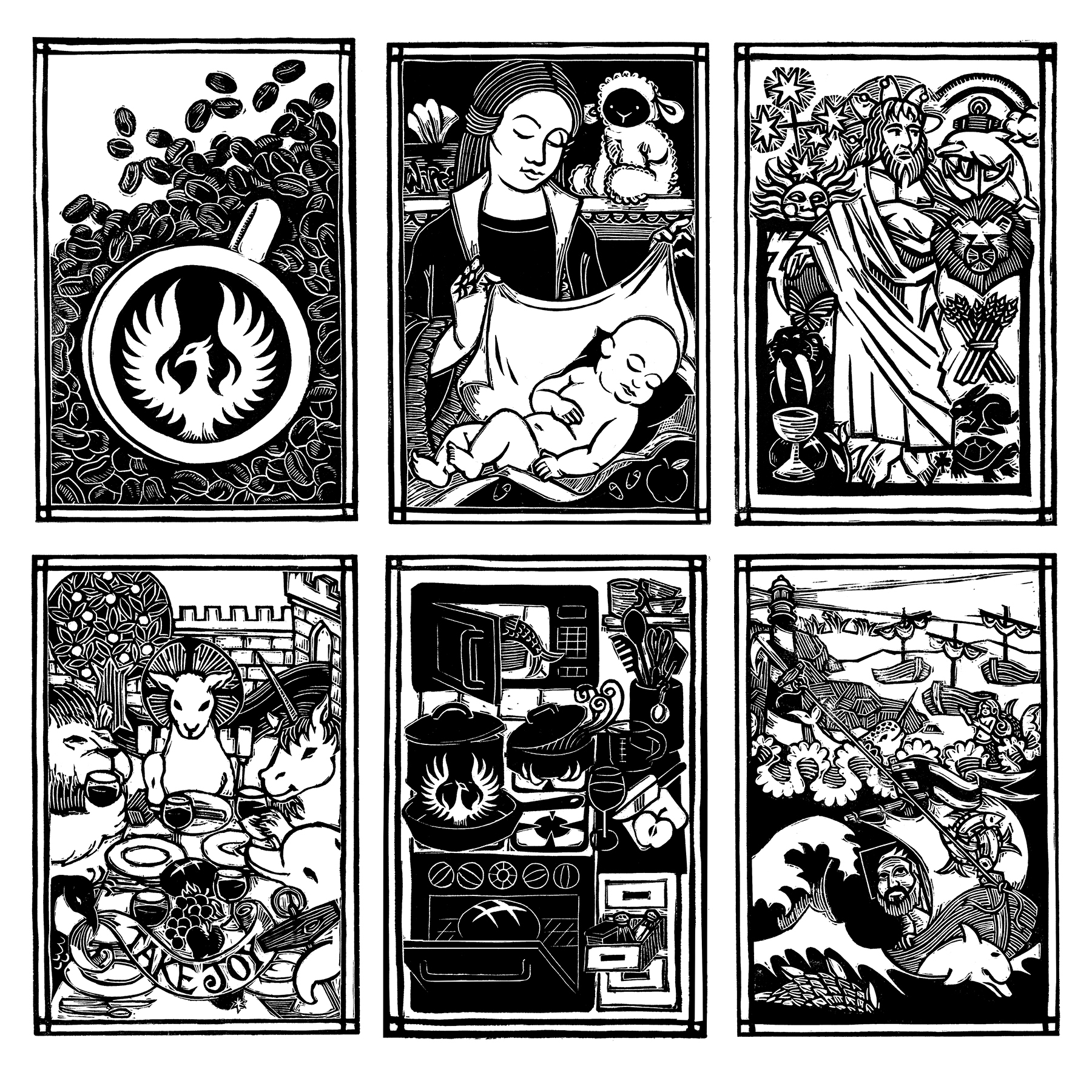
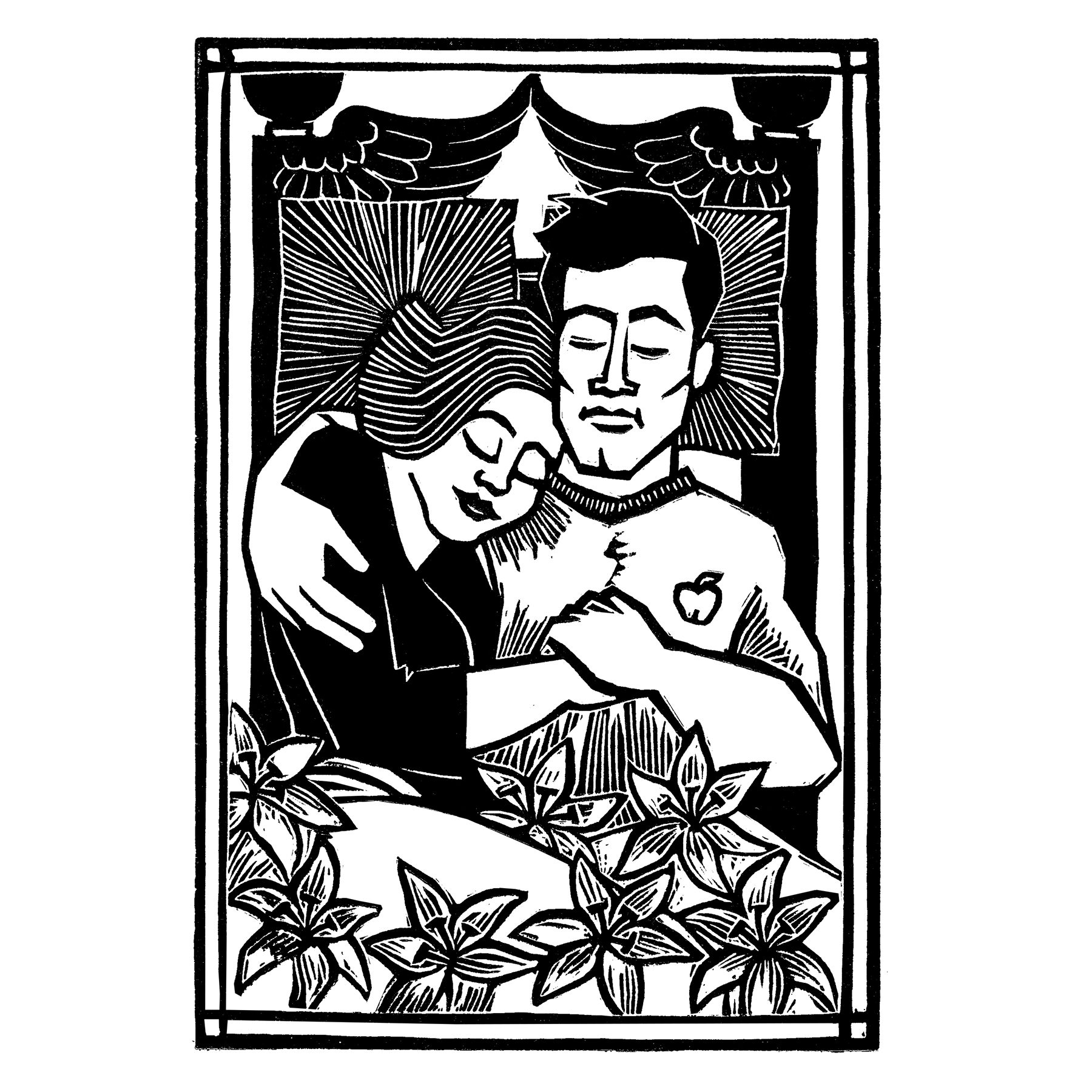
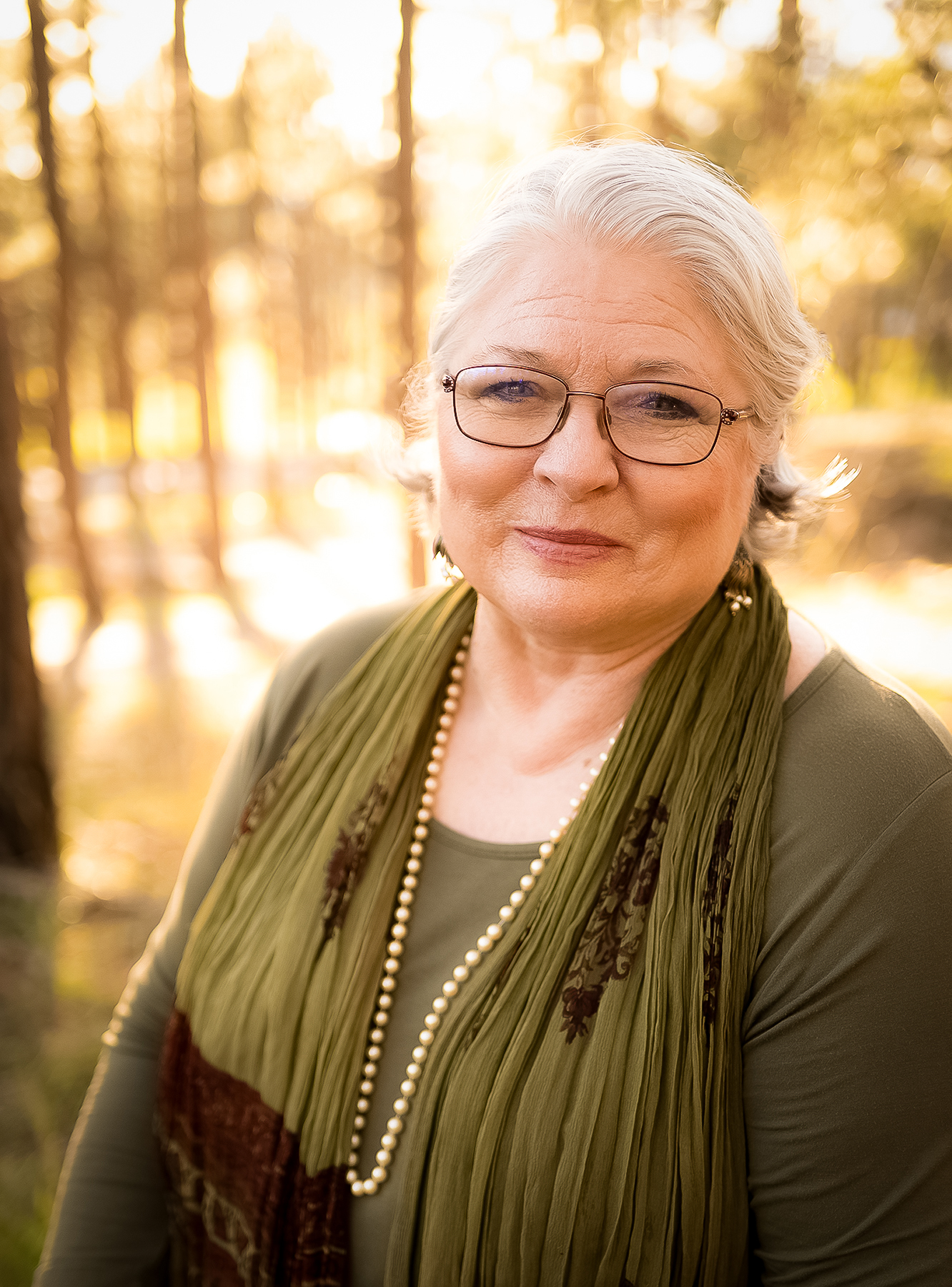
Oh how I appreciated reading and rereading your conversation. As I read and listened to your journey, Ned, I was encouraged as a Believer, a lover of beauty, a marriage and ministry partner, parent and with our displaced family, even in the midst of seems to be mild adversity to continue planting trees. Every day–new trees for the glory of God. You are so right–they don’t always bear fruit but we plant and trust the rain giver.
Thank you for sharing this affirming message with us. As artists and as human beings, we need to be reminded every day of our true purpose. Success isn’t defined by the world’s standards, but by our Maker’s heart.